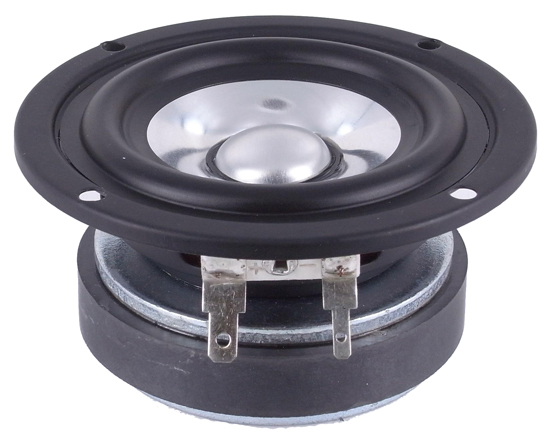Buy drivers without phase plugs and back covers 🙂 The question is whether it would be cheaper, phase plug being a considerable part of the cost, or more expensive as a custom assembly.At the moment, I am contemplating an appropriate driver (solution) for your phase plug.
Last edited:
There are still some ugly things however, mainly because of the cavity modes and the reasons why they occur. This was expected as the design was not really optimized yet in any way -
But it's quite interesting to actually see these images.
But it's quite interesting to actually see these images.
Attachments
Or just add a central sting - 10 and 20 kHz
This morning I wanted to suggest to experiment with "an open chalice" as center channel to see how it works out.
Is there any curvature in the center channel?
A sting seems mandatory, and probably not just any arbitrary shape.
However, the center hole (in a spherical cap?) is interesting.
A sting seems mandatory, and probably not just any arbitrary shape.
However, the center hole (in a spherical cap?) is interesting.
Last edited:
I would move your central channel outward to increase its contribution to the pressure. Clearly the outside channel has a greater contribution than the inner one. They should be roughly equal.
The trouble is that the contributions of the channels are dependent on pressure distribution in the chamber which is far from uniform. And as this distribution is determined by the acoustic impedances and positions of the channels, it's really not very straightforward. The guys at KEF/Celestion have apparently some papers on that, which I haven't seen yet.
Now I'm more wondering, why not to leave there only the central channel? Overall SPL cancelations? I need to add some absolute SPL charts vs frequency.
Now I'm more wondering, why not to leave there only the central channel? Overall SPL cancelations? I need to add some absolute SPL charts vs frequency.
It's all about optimization, but at LFs the pressure should be uniform and the Volume Velocity in each channel equal. In your plots this does not seem to be the case.
OK, I can look at that, thas was really not much optimized. It doesn't stay uniform very long however - much less than I would think.
Not much, and in fact this is just what it takes.Is there any curvature in the center channel?
Yep, that's really just a cap with a hole placed over a convex dome diaphragm. There must be some other problem however, otherwise it would be too easy.However, the center hole (in a spherical cap?) is interesting.
Last edited:
The guys at KEF/Celestion have apparently some papers on that, which I haven't seen yet.
Here you are.
Attachments
For the past few years I've noticed that newer drivers, of similar design, are noticeably outperforming drivers from 10-15 years ago. My 'hunch' was that improved modeling is allowing manufacturers to push the boundaries of what's possible.
For instance, I have four ring radiators here at the house, all of similar design, but the newest one I have is not only the cheapest, it's also the best performer. (Eminence N151M.)
When I measured it, it was one of those moments where you step back and go "whoah", like the performance is THAT good.
Basically, I **love** to tinker around with phase plugs, but someone at Eminence *really* did their homework on this one. I just don't see a scenario where I could exceed it's performance for $80.
Of course, then I read the paper just posted and it gets me wondering what the Celestion parts are like these days... (My reference speakers use a Celestion compression driver, but it's a ten year old model.)
For instance, I have four ring radiators here at the house, all of similar design, but the newest one I have is not only the cheapest, it's also the best performer. (Eminence N151M.)
When I measured it, it was one of those moments where you step back and go "whoah", like the performance is THAT good.
Basically, I **love** to tinker around with phase plugs, but someone at Eminence *really* did their homework on this one. I just don't see a scenario where I could exceed it's performance for $80.
Of course, then I read the paper just posted and it gets me wondering what the Celestion parts are like these days... (My reference speakers use a Celestion compression driver, but it's a ten year old model.)
This one, by the same authors, might be useful too.
"Design of a Coincident-Source Driver Array with Radial Channel Phase-Plug and Novel Rigid Body Diaphragms".
Literally one minute ago, I'm saying "I'm sick of 3d printing phase plugs, Eminence has it all figure out."
And then you post THIS paper, and I'm like "oooooh, I could TOTALLY 3D print this phase plug..."

According to the paper, the phase plug raises output at high frequency by about 4dB. This would be fantastic for a full range driver, particularly if you're arraying them. The weak link in a line array becomes the high frequencies, because they don't sum constructively, unlike the midrange and low frequencies.
- Home
- Loudspeakers
- Multi-Way
- Acoustic Horn Design – The Easy Way (Ath4)










